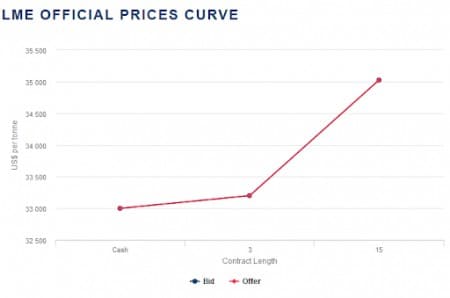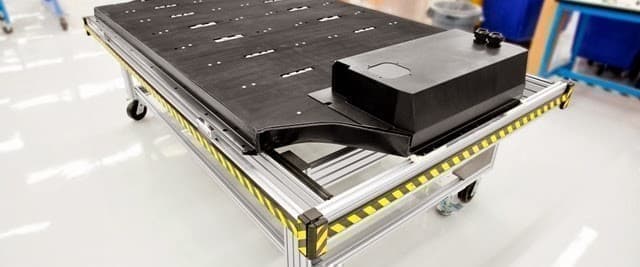Electric vehicle investors and enthusiasts tend to obsess about a single metric--EV sales--when trying to gauge the pace of global electrification. However, they tend to ignore another equally important part of the worldwide electrification drive: The number of EV charging points. Despite significant advances made in battery technology over the past decade, many people looking to make the switch to EVs still cite range limitation as their biggest concern, essentially meaning that they worry their EVs won’t make it to the next charging station before running out of juice.
EV buffs everywhere will, therefore, be delighted to know that the global stock of EV charging points has skyrocketed to 1 million, with the tally having doubled from just three years ago as per Bloomberg New Energy Finance (BNEF).
With the current global EV fleet at ~8.5M, there is just one charging point available for every nine electric vehicles.
However, the distribution of those charging points is skewed across regions: Bloomberg says the majority of new charging stations are being built in China and Europe with North America lagging among regions with the biggest EV fleets.
About half of the world’s plugs are currently located in China, while Netherlands has more charge points than the United States despite having a lower number of licensed EVs thanks to a less robust public subsidy and support in the U.S.
The EU has set a target to have 1 million public chargers installed within the bloc by 2025.
And the alarming news: Prices of cobalt, a key element in EV batteries, have lately been surging as Covid-19 lockdowns in southern Africa have created severe supply chain bottlenecks.
Related: China Is Using The Pandemic As An Excuse To Not Buy U.S. Energy

Source: Bloomberg
Cobalt Prices in USD/MT

Source: Trading Economics
Fresh Wave of American Charge Points
BNEF, though, is optimistic that the U.S. might not forever remain a laggard as far as charging infrastructure goes.
First off, the clean energy research outfit notes that Biden is highly bullish for both EVs and charging infrastructure. Three weeks ago, the leading Democratic presidential candidate unveiled an ambitious $2 trillion clean energy plan, including a Cash-for-Clunkers type program intended to encourage people to trade their ICEs for EV models.
Second, BNEF notes that the introduction of pick-up trucks by the likes of Tesla Inc. (NASDAQ: TSLA) Ford Motor Company (NYSE: F), and EV startup Rivian is likely to accelerate the pace of charging infrastructure buildout.
And third, the energy watchdog says that the recent decision by auto giant General Motors Inc. (NYSE: GM) to start building a nationwide network of fast-charging stations will play a key role in growing America’s stock of the crucial infrastructure.
Cobalt Prices Soar
They say a chain is only as good as its weakest link, and right now, the constrained supply of cobalt appears to be the weakest link in the EV value chain.
EV prices have been surging over the past few weeks as the Covid-19 lockdown in southern Africa has created bottlenecks that have led to delays in cobalt shipments from the Democratic Republic of Congo and Zambia, responsible for supplying over 70% of the world’s cobalt.
Related: Why We Won’t See An Oil War In The South China Sea
Data from the London Metals Exchange (LME) shows that spot cobalt prices clocked in at $33,000/metric tonne on Wednesday trading, with 3-month futures quoted at $33,200/MT-- 18.6% higher than a week ago.
But the big issue is that the cobalt market’s contango is deepening, with the 15-month contract quoted at $35,025/MT. In essence, this means that traders expect cobalt prices to continue rising well into next year.

Source: London Metal Exchange
Despite the supply chain disruptions, analysts still expect a cobalt surplus this year with Benchmark Mineral Intelligence (BMI) predicting an oversupply of around 5,000 tonnes. CRU Group’s George Heppel has put the number at 6,000 tonnes.
Still, it might not be long before a severe deficit kicks in thanks to our over-reliance on a highly unstable region for supply of the critical battery component.
Analysts at the Massachusetts Institute of Technology have found that we could soon be facing cobalt shortages unless we quickly improve our refining methods and recycling rates. Elsa Olivetti and her colleagues have estimated that the global demand for cobalt will climb to 430,000 tonnes by 2030--or about 160% higher than the world’s current capacity to refine the metal.
Not all EV manufacturers will be equally hit if the cobalt situation ends up going to the dogs.
Of the major EV battery manufacturers, Tesla-Panasonic batteries have the lowest cobalt content at just 2.9% compared to 20% by LG Chem and 10% by SK Innovations.
Percentage of cobalt content in EV lithium-ion batteries as of 2018

Source: Statista
Since 2018, Tesla has been making concerted efforts to shift from nickel cobalt aluminum or nickel manganese cobalt oxide batteries to lithium-iron-phosphate batteries mainly on ethical grounds with cobalt mining in DRC repeatedly linked to child labor and death. Tesla has already unveiled plans to build new low-cost, long-life, low-cobalt or cobalt-free batteries in its Model 3 sedan in China later this year or early next year that the company says will finally make EVs achieve cost parity with gasoline models.
The low-cost will be designed to last for a million miles, allowing them to have second and third lives in the electric power grid long after the car is out of service.
Tesla also plans to build a new battery research and manufacturing facility in Fremont, California.
By Alex Kimani for Oilprice.com
More Top Reads From Oilprice.com:
- Russia’s Largest Coal Mine Gets Unexpected New Owner
- Venezuela’s Rig Count Officially Falls To Zero
- Oil Prices Soar After EIA Reports Large Crude Draw


















